Design is the building base of fashion. Design principles are used in art, fashion, architecture, and graphic design.
Basic Elements of Design
We will know some basic elements of design.
Kinds of Stuff and Gears
- Cartridge Paper: Cartridge paper is a thick paper used for drawings. The thickness of this paper can vary and be measured in GSM (Grams/square Meter) units. The size of paper is available in different sizes like half or full imperial, A3, etc. You can choose a big paper like A5 which is 14-inch x 11-inch if you’re a beginner.
- Bristol Board: Bristol board is a smooth surface board made of bristol paper. Bristol paper is a collection of drawing papers that are glued together under pressure. Bristol Papers have different two surfaces. The smooth surface is used for a pen, airbrush, or pencil to make fine lines or more detailed drawings. Where the rough surface is used for graphite or charcoal pencils, and pastels. This surface has peaks and valleys which absorb dry stuff like graphite marks.
- Tracing Paper: Of course, you can use Tracing paper for experimenting with the original design. This is even great for beginners. A tracing paper is very light, very thin, transparent paper. All you have to do is place this paper on the original drawing and start tracing as the name says it!
- Pencils: A range of graphite pencils are used for fashion illustrating. H means Hard whereas B means Black. So HB means Hard and Black Pencils. The range of pencil start from 8H to 8B even 9B-14B Pencils are also available in the market which is the darkest pencil. But darkness varies with brands.
- Paper Cutter: Paper cutters are used for trimming drawing papers. Be careful when you use them because they are very sharp. Hold the Paper cutter diagonally and cut the paper. You can use pepper-cutting scissors, there are various designs of scissors available in the market, and very convenient and safe to use.
Points and Dot
Dot: A dot is a tiny round mark, a spot with a pen, pencil, or other instruments on a surface.
Point: A point is a particular location represented by a dot. It has no size or shapes it’s only a location.
A dot is the first contact of a point (the Simplest and Fundamental element of design) on a surface. A dot forms a block of every line, every shape. Dots can be overlapped together to form new shapes. It has shown in the above picture. Does not matter what the shape of an abstract or a painting is it’s always formed by dots. Increasing and Reducing the number of dots or enlarging dots can change the understanding and significance of the illustration. Over the years dots have been used by many artists. Let’s look at the below image based on Pointillism Technique.
Pointillism means the appearance of dot or stroke marks separates from each other with no transitional tones. When we see this kind of art from a distance all dots visually blend. Now talking of dots, an inexpensive mechanical dot printing method was developed in the 19th century by Benjman Henry Day Jr. This is called Ben-Day dots shown in the below picture.
The dots you’re seeing here were always equal in size and evenly distributed. The spacing can be null, wide, narrow, or overlapping which creates a variety of patterns and optical illusions from a distance by matching and mixing the colors
Lines
A line is formed by the very close presence of dots so they can’t be identified individually. A line is a primary element when it comes to design obviously. Paintings, fine arts, and ideation drawings of garments all start with a line! The famous Swiss expressionist painter, Paul Klee described a line as a “Dot that went for a walk”. The primary function of a line is to connect all points or items. Let’s check out different lines.
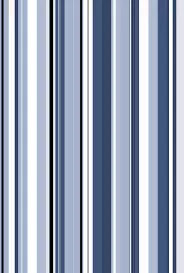

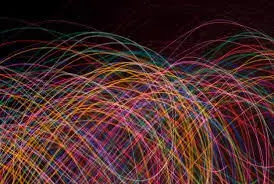

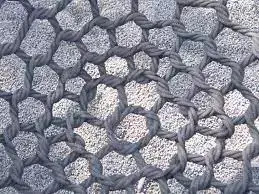
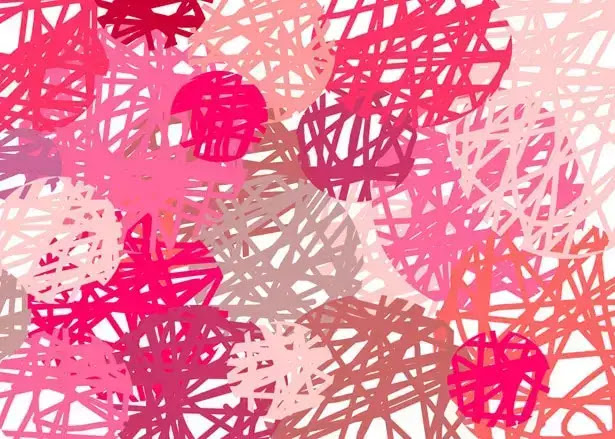
We have seen six types of lines already! But these lines also can differ by thickness, sharpness, length, break, parallel, perpendicular, or a line can be two-dimensional or three. The strokes of a line can also express the sentiment of a maker. Shorter and lighter strokes in a single line mean there may be nervousness and uncertainty while a line with a single stroke expresses confidence.

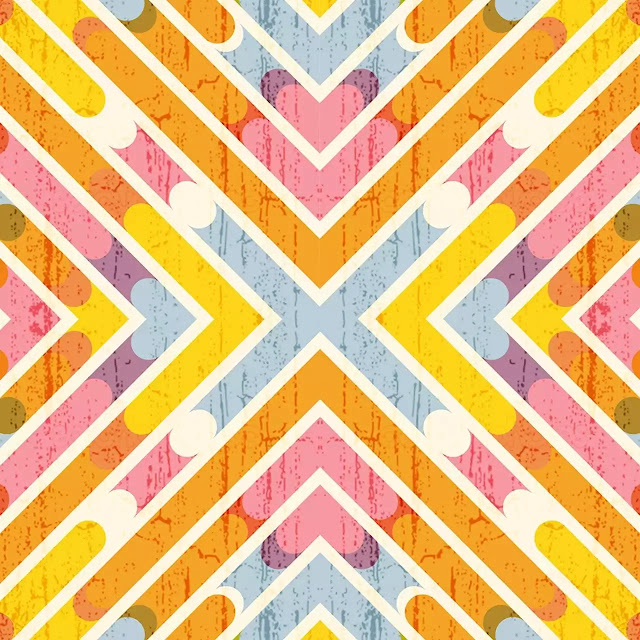
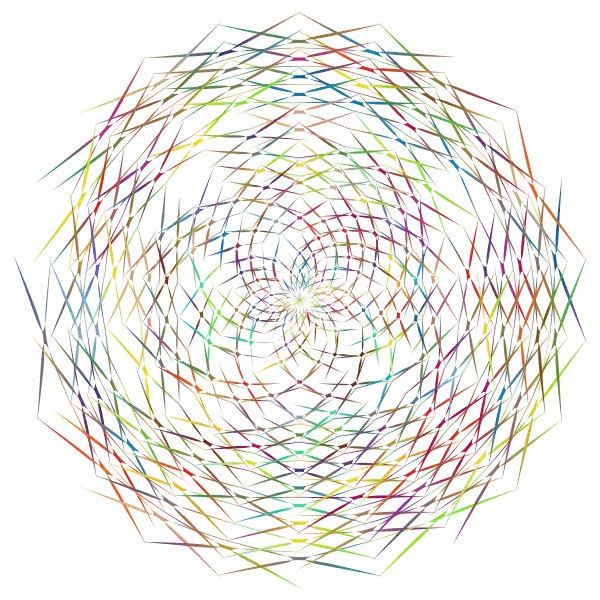
A single type of line or different types of lines can create many patterns. Some are shown above.
Related Topics:
- ELEMENTS OF DESIGN: TWO
- ELEMENTS OF DESIGN: THREE
- FIVE PRINCIPLES OF DESIGN
- WHAT IS FASHION AND WHAT IS STYLE?
- WHY FASHION CHANGES? – FASHION CYCLE
- BASIC FASHION TERMINOLOGIES
That's all for today! I hope you liked it, please leave a comment (❁´◡`❁)




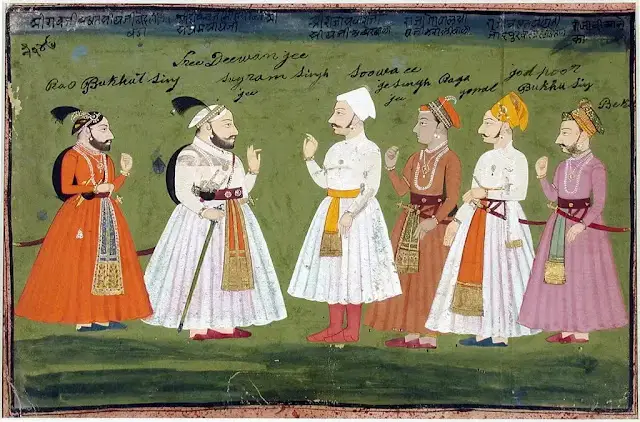
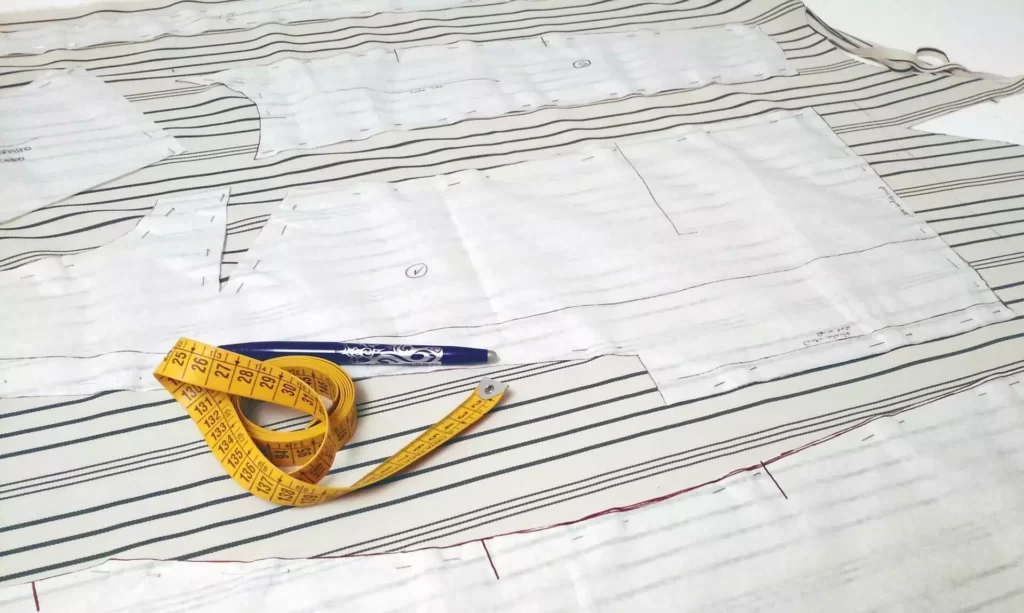
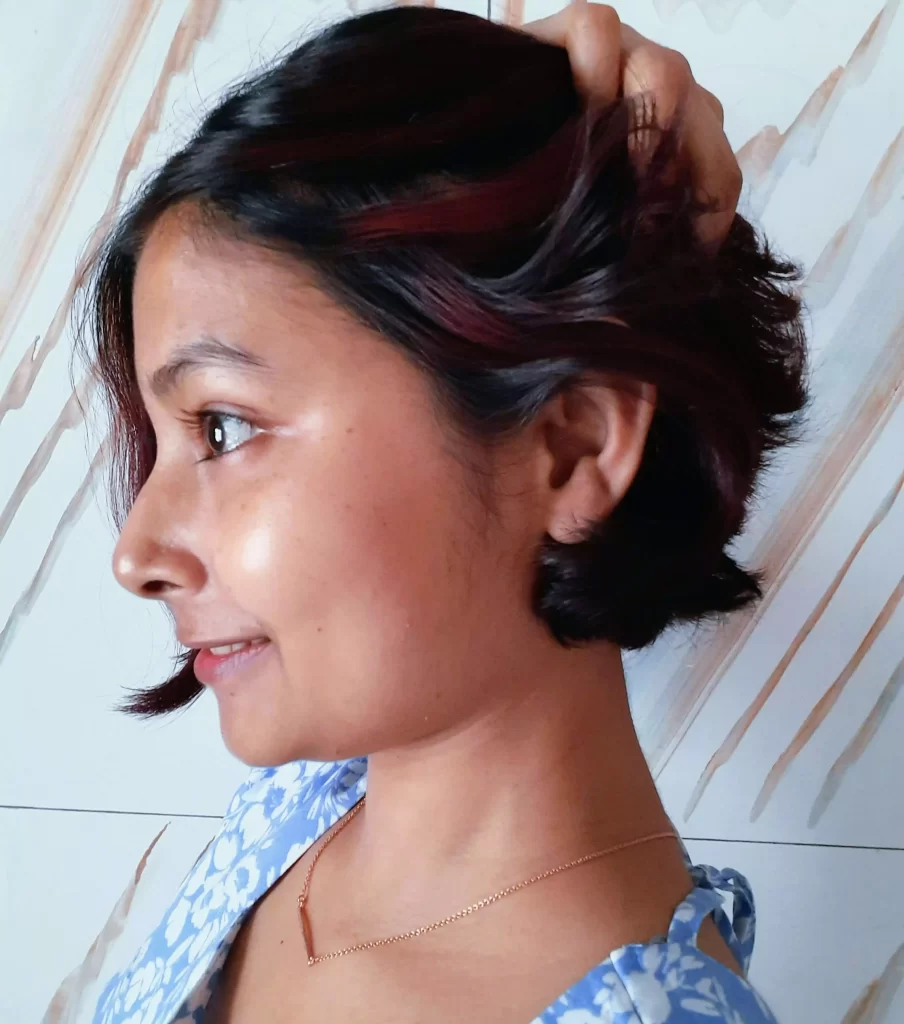
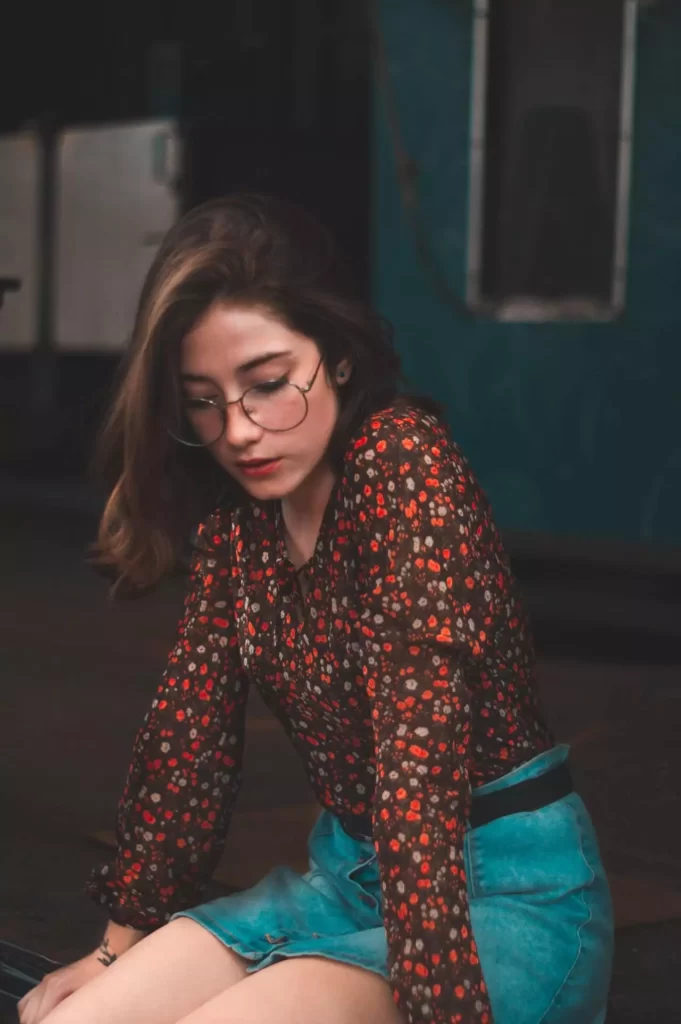

2 Comments. Leave new
Great👌
Fine